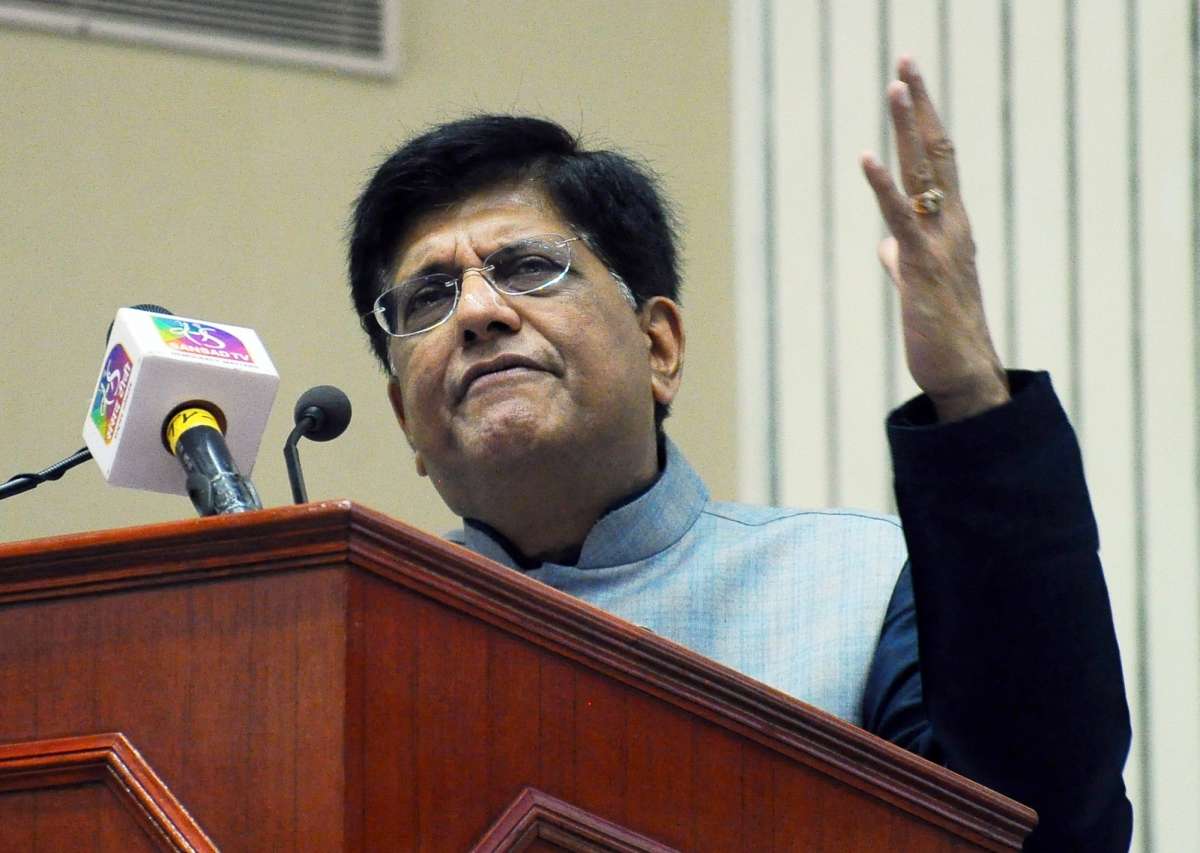Two interesting observations during the week’s trading were the advance-decline ratio turning negative even though markets rallied sharply on Tuesday and Wednesday. The other observation was the out-of-favor IT pack registering sharp gains during the week…writes Arun Kejriwal
Markets in the week went by shifted gears dramatically from Tuesday and for the next three days, there was high-speed driving at the bourses.
This resulted in big gains and markets touching new levels and more importantly, crossing 79K on BSESENSEX and 24K on NIFTY.
It also brought to an end the highly volatile month of June which began with election exit polls and then results which saw the biggest upheaval in markets in a very long time.

At the end of it all, markets were up, having more than regained losses of the 4th of June and seeing big monthly gains. BSE SENSEX gained 1,822.83 points or 2.36 per cent to close at 79,032.73 points while NIFTY gained 509.50 points or 2.17 per cent to close at 24,010.60 points.
The broader markets saw BSE100, BSE200 and BSE500 gain 1.95 per cent, 1.67 per cent and 1.48 per cent respectively. BSE MIDCAP gained 0.42 per cent while BSE SMALLCAP was up 0.37 per cent.
Markets gained on four sessions in a row during the week and saw profit-taking on the last day of the week. Two interesting observations during the week’s trading were the advance-decline ratio turning negative even though markets rallied sharply on Tuesday and Wednesday. The other observation was the out-of-favor IT pack registering sharp gains during the week.
The Indian Rupee gained 18 paisa or 0.22 per cent to close at Rupees 83.38 to the US Dollar. Dow Jones gained in three of the five sessions. It ended the week with gains of 529.70 points or 1.33 per cent to close at 39,118.86 points.
Thursday (June 27) saw June futures expire. It was a volatile day but bulls were fully in control. The series ended with gains of 1,555.75 points or 6.92 per cent to close at 24,044.40 points. It has been a very successful month for bulls and they have registered more than handsome gains.
The month ahead is likely to see the budget being presented in all probability in the week beginning July 22. This would be the expiry week for July series with expiry happening on Thursday (July 25). This would make that particular week extra volatile and choppy.
The week gone by saw three primary main board issues list and two issues open and close for subscription during the week The week ahead will see two IPOs open and close during the week with the two IPOs of the previous week listing as well.
The first issue to list was from Dee Development Engineers Limited which had issued shares in a price band of Rs 193-203 and had received excellent response and was oversubscribed 102.32 times. Shares debuted at Rs 339 and closed at Rs 335.32, a gain of Rs 132.32. By the end of the week, the share lost marginally and closed at Rs 322.10, a gain of Rs 99.10 or 58.67 per cent.

The second share to list on Wednesday was Akme Fintrade (India) Limited which had issued shares in a price band of Rs 114-120. The issue was subscribed overall 54.24 times and had issued shares at Rs 120. The share debuted at Rs 127, made a high at Rs 133.35 and closed there. The share gained Rs 13.45. By Friday, the gains were reversed and the share closed at Rs 119.15, a loss of Rs 0.85 or 0.71 per cent.
The third share to list was Stanley Lifestyles Limited. The company had issued shares at Rs 369 and listing happened on Friday at Rs 499. The share closed day one at Rs 474, a gain of Rs 105 or 28.46 per cent.
The first issue to tap the capital markets is Emcure Pharmaceuticals Limited which would open on Wednesday (July 3) and close on Friday (July 5). The issue consists of a fresh issue of Rs 800 crore and an offer for sale of 1,14,28,839 equity shares in a price band of Rupees 960 to 1,008.
The company as the name suggests is into manufacturing, marketing and drug discovery. It sells in India and globally. It had some issues in the US and had as a prudent measure demerged the US Subsidiary to safeguard the parent from litigations that may arise.
The PE band is at 34-86-36.60 based on annual results for the year ended March 24. The company had reported revenues of Rupees 6,715.12 crores and a net profit of Rupees 527.57 crore. The EPS for the company was Rupees 27.54.
The company had a flattish year compared to March 23 as sales grew from Rs 6,031 crores while net profit for the previous year was higher at Rs 548 crore. The PE multiple is on comparable levels with its peer set. Investment may be made in the share for the medium term.
The second share to tap the capital markets is Bansal Wire Industries Limited which is tapping the capital markets with its fresh issue to raise Rs 745 crores in a price band of Rupees 243-256. The issue opens on Wednesday the 3rd of July and closes on Friday (July 5).
The company is a manufacturer of mild steel high carbon, mild steel and stainless steel wires. It has a capacity of approximately 3 lakh tons and is setting up a new plant with a total capacity of 3.5 lakh tons.
The new plant will have within it multiple facilities and has partially been commissioned and will be fully ready in a phased manner over the next 6-8 months. Suffice it to say that with the plant coming on stream in a phased manner, the run rate of production in the next three quarters would have risen to a near optimum even though cumulatively for the year it would be lower.
The company reported total revenues of Rupees 2,470 crore and a net profit of Rupees 78.79 crore. This translated into an EPS of Rupees 6.18 for the full year and a PE multiple of 39.32-41.42. There would be a significant improvement in these numbers as the new capacities ramp up as there are economies of scale, better and modern machines with larger capacities and a mix of value-added products.
All of this would help in increasing margins at all levels whether it be gross, EBITDA or net. Investment in the issue should be for a medium to long-term look at the prospects. One can also look at a short-term punt with listing day objectives.
Coming to the markets in the week ahead, one should see volatility increasing. The fact that markets have reached crucial and expected levels of 24K on NIFTY and 79K on BSESENSEX, gives one the belief that more is in store. Another 500 points on NIFTY and roughly 1,500 points on BSESENSEX open up as targets and upper resistance levels.
The possibility of midcap and small cap showing fatigue and a feeling of rising too much and too fast was visible last week. There is likely to be a correction in these segments and one will find different stocks behaving differently. The budget is just about three weeks away and expectations will start building up, keeping the market glued to happenings.
Sector rotation would be the key and wherever one finds sharp movements, the three-day theory must be kept in mind. You must enter on the first day and look to get out on the third day before the correction sets in and stocks are distributed.
The strategy for the week ahead would be three-fold. Firstly, book some profits and take some money off the table. Secondly, concentrate on large-cap stocks and exit small-cap and mid-cap stocks. Finally look for sectors that create new movements for the quick entry and exit strategy. Finally, as we get closer to budget, expect sharper two-sided moves in the markets.
ALSO READ: RBI’s New SAARC Swap Plan






